When summer hits Japan, one item you’re guaranteed to find in many homes is the mosquito coil. It’s more than just a mosquito repellent—it’s a nostalgic symbol of Japanese summer.
The smoke from a mosquito coil fills every corner of a room, driving out any mosquitoes hiding inside and preventing new ones from coming in from the outside. And let’s not forget the smell. That distinctive scent? For many Japanese people, it’s the very scent of summer memories.

For many Japanese people, the smell of a mosquito coil brings back warm summer memories—like sitting on the veranda with family, chatting as the coil burns nearby. It’s a scent that a lot of people in Japan truly love.
Before Coils: The Tradition of “Kayaribi”
Long before the invention of mosquito coils, Japanese people relied on a traditional method known as kayaribi (蚊遣り火). This practice involved burning mugwort leaves, kaya wood, or fresh pine and cedar to create smoke that repelled mosquitoes.
The tradition dates back to the Heian period (794–1185) and continued for centuries. During the Edo period, it was especially popular among common townspeople and became a well-known summer custom.
The key was smoke—lots of it. Households would fill rooms with thick smoke to keep mosquitoes away. However, it wasn’t exactly comfortable. People often endured the smoke with teary eyes and runny noses. It worked, but it wasn’t easy!
The Birth of the Mosquito Coil
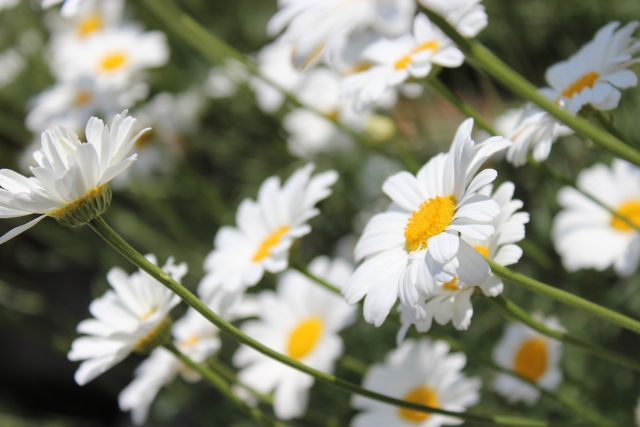
Things began to change in the Meiji period, when a new weapon in the mosquito battle arrived: the pyrethrum flower (also known as white chrysanthemum), imported from the U.S. in 1886. It contains pyrethrin, a natural insecticide.

Did you know? Pyrethrin, the active ingredient found in the flowers of the pyrethrum plant (white chrysanthemum), has natural insecticidal properties!
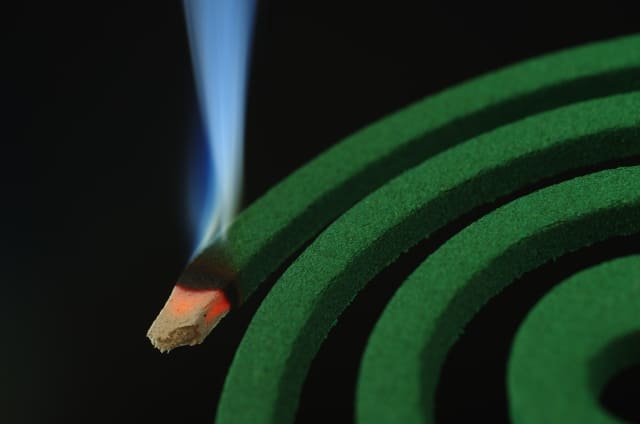
Inspired by this, Japanese manufacturers began making mosquito-repelling incense. In 1890, the first stick-type mosquito coil was released.

The original mosquito coils were about 20 cm long and looked like the thin incense sticks used in Buddhist altars.
They only burned for around 40 minutes and were also quite fragile, which made them easy to break.
But in 1895, a woman named Yuki, wife of Kincho’s first president Eiichiro Ueyama, came up with a revolutionary idea: shape it into a spiral. And thus, the iconic spiral mosquito coil was born.

When uncoiled, the spiral mosquito coil measures about 75 cm in length and burns for roughly 7 hours—just right for a good night’s sleep!
What Makes It So Effective?
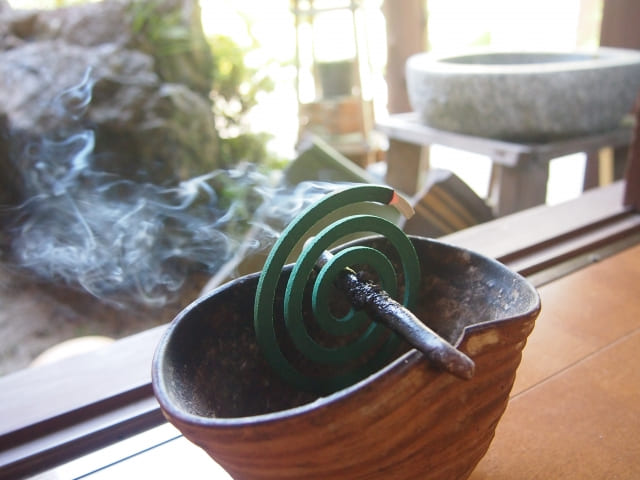
Modern mosquito coils contain pyrethroid, a synthetic version of the natural pyrethrin. It’s blended with plant-based powders like sawdust and starch, then burned. This releases ultra-fine particles into the air that stay active for a long time, offering consistent mosquito-repelling power.
Thanks to this technology, mosquito coils can burn for hours, creating a gentle and steady stream of insect-repelling smoke.
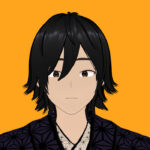
People sometimes worry about the effects of insecticidal ingredients like pyrethrin and pyrethroid on the human body, but both are considered safe. Mosquito coils using these ingredients can generally be used without concern. However, people with allergies should be cautious. If you experience any unusual symptoms, stop using the product and consult a doctor.
Cute and Creative Coil Holders
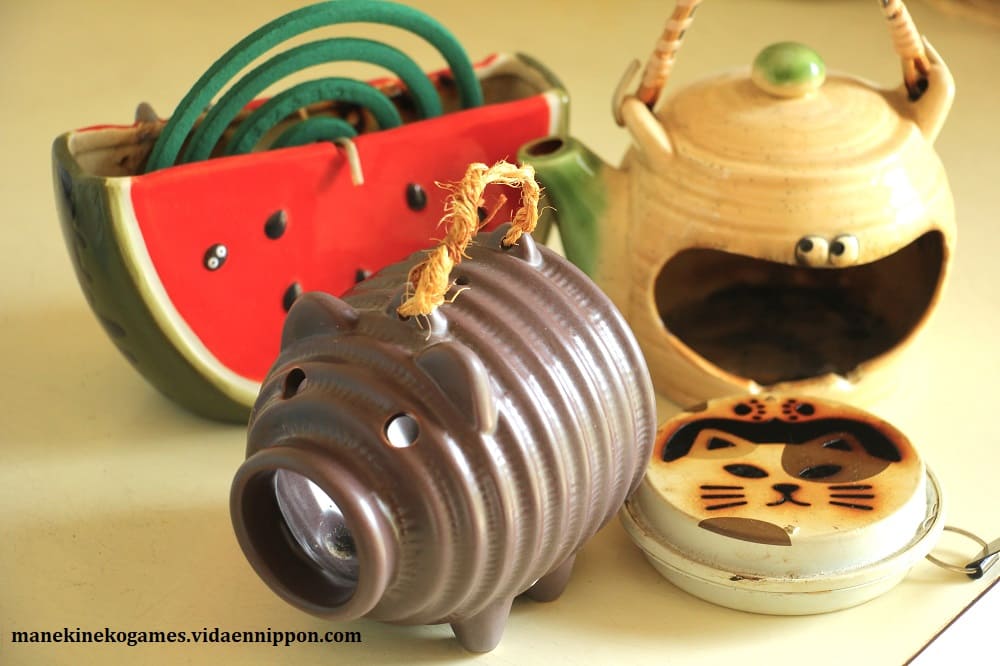
These days, it’s not just about function—mosquito coil holders have become mini works of art. From ceramic pigs to cats and other animal-shaped designs, these holders add charm to the experience of using coils. They’re so cute, some people use them as summer decorations even without lighting the coils!
A Few Safety Tips
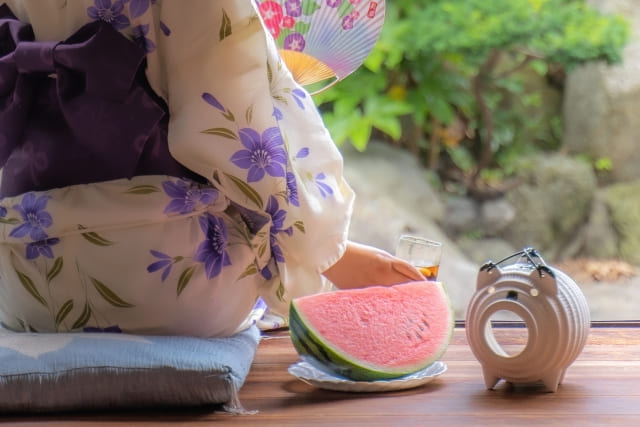
As cozy as they are, mosquito coils are still fire-based products, so some precautions are necessary:
- Don’t place them near anything flammable.
- Use them in a well-ventilated area and preferably upwind.
- Avoid using them in sealed rooms for long periods—they may irritate your eyes, nose, or throat.
- Always place them on a stable, flat surface.
- Never carry them while lit or hang them.
- Keep them out of reach of children.
- Don’t use them in rooms with pet insects or other sensitive animals.
Final thoughts about Mosquito coils in Japan
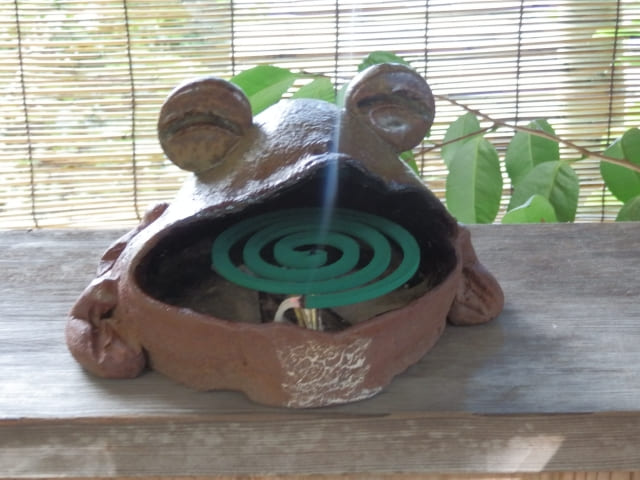
Mosquito coils aren’t just tools—they’re a part of Japan’s summer identity. From their roots in ancient kayaribi traditions to the spirals burning gently on a veranda today, they blend practicality with nostalgia. Whether you’re living in Japan or just visiting, lighting a mosquito coil on a summer night might just become one of your favorite memories, too.

If you are interested in Japanese culture, and you love gaming, you may love these games! Let’s play!

Yes! Let’s play!

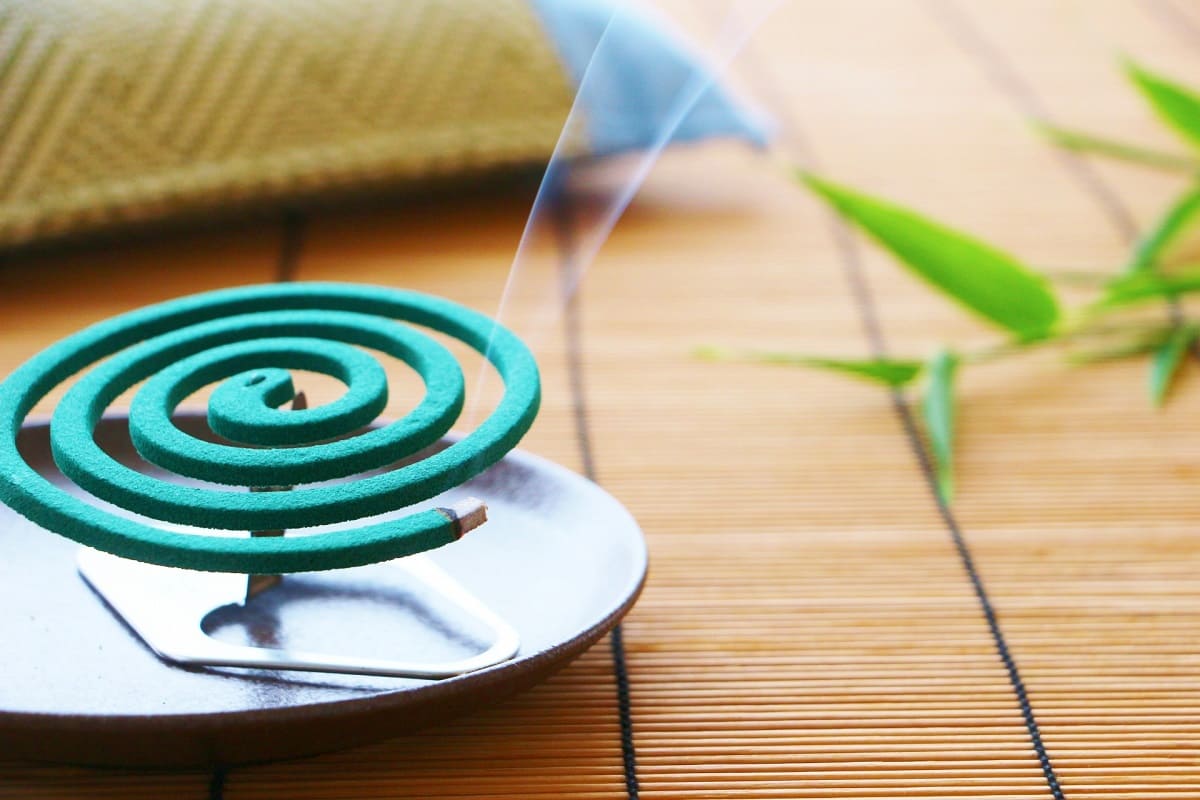


Comments